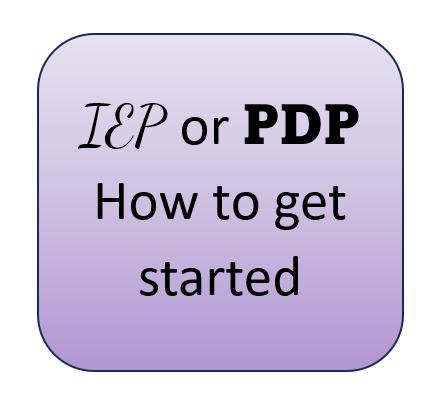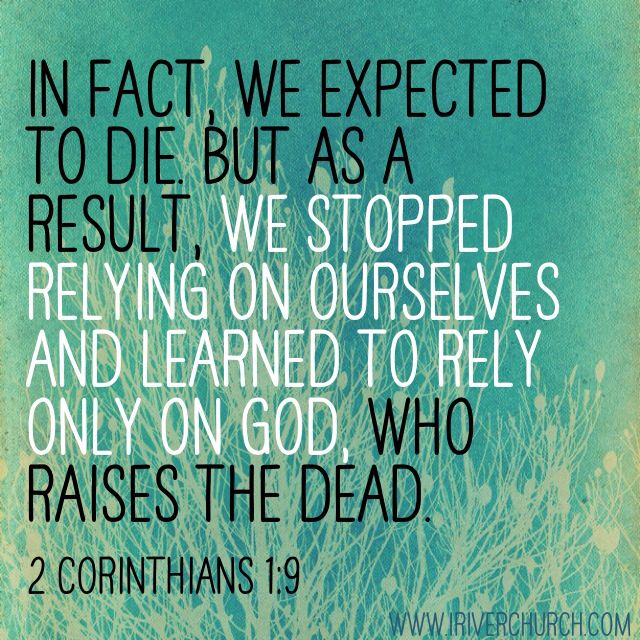How to Get the IEP/PDP Process Started

If you want to opt out of the standard achievement test requirement for home schoolers because you suspect your child has a learning disability, here are the steps:
Get a diagnosis. Awareness that your student seems to have difficulty in processing information, in expressing themselves verbally or in writing, reverses letters or numbers, or is simply struggling in general academically is not enough. You need an actual diagnosis. We recommend contacting Jilene Modlin M.Ed. She is our preferred PDP provider. Jilene has thirty years of educational experience working with students needing unique learning approaches. She has developed connections throughout the state to bridge homeschooling, traditional school, and education testing. You may contact her by phone at 503-933-4875 or email her at bridges2resources@gmail.com.
Notify your Educational Services District. Once you have a diagnosis from a professional service provider, notify your ESD that you will, or are currently home schooling your child with an identified learning disability. ESD, in turn, will communicate this information to the school district.
Choose between an IEP or PDP. I wrote about the differences between an IEP and PDP in a previous article. If choosing an IEP, expect to receive a written communication that the school district “stands ready to provide a free appropriate public education if the child enrolls in the district.” Note that enrollment in the public school is a requirement to receive services.
Create the IEP or PDP. If going with an IEP, the school district, with their educational team, will generate an IEP. If going with a PDP, the parent with the guidance of one or more trained professionals will generate the PDP. Whether it’s an IEP or PDP, expect to receive a list of educational objectives which take into account your child’s age and disability.
Follow a strategy to achieve your child’s educational objectives. Your service provider will recommend instructional materials and teaching practices that will most likely lead to the acquisition of the learning objectives listed in the IEP or PDP.
Assess your child’s progress. We recommend meeting regularly with your service provider so they may assess your child’s progress during the year. If the plan you are implementing isn’t working or could be optimized to get better results, you don’t want to wait until May to make adjustments to what you’re doing. Assessment tools used are at the discretion of the service provider.
Communicate to the ESD that your child has made satisfactory progress. This communication typically takes place at the end of the academic school year, but no later (ideally) than August 15th. The communication comes from the service provider in the form of a report. The report may be simply a statement verifying your child has made satisfactory progress according to the IEP/PDP. The report may, of course, provide more details at the discretion of the service provider. The key to the communication is verifying your student has made satisfactory progress. This statement is the “green light” that allows you to continue home schooling the following school year.
Those are the basic steps and elements that make up the IEP/PDP process.
Thanks for reading!
Curt Bumcrot, MRE
We’d like to recommend the learning experts at the HELP organization. They are currently offering a learning assessment at a discounted price. Click here or call 503.635.3389 to find out how this assessment may help you identify why your child is struggling academically and what can be done to address the challenges you are facing.








